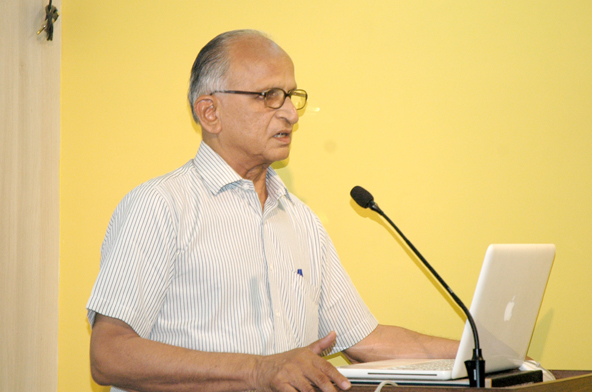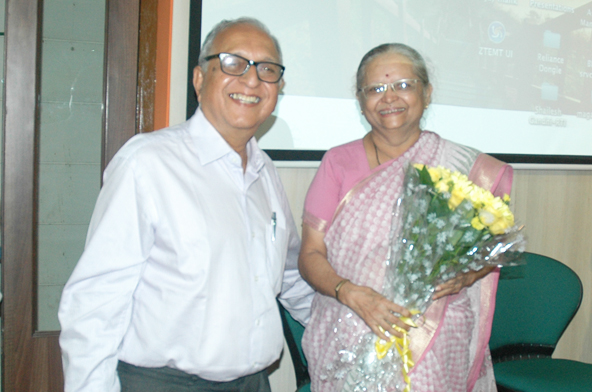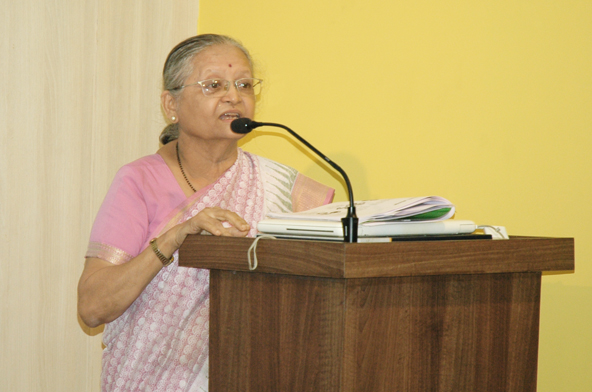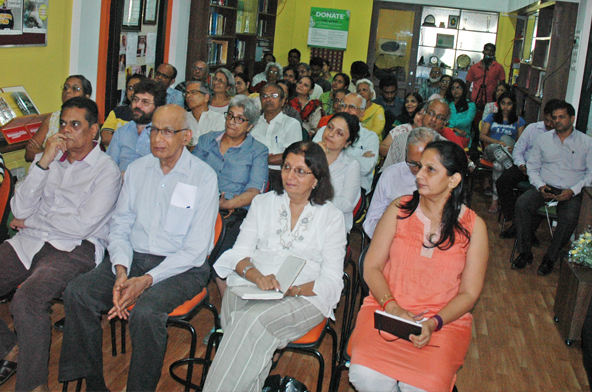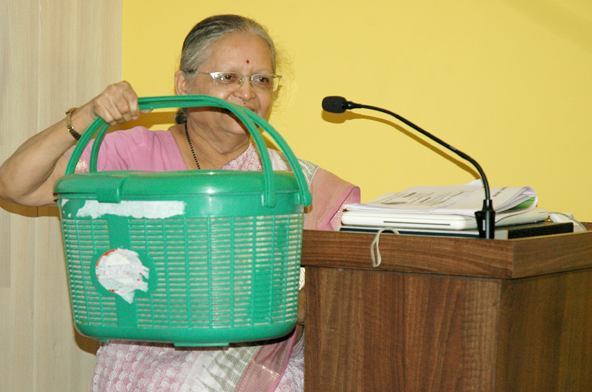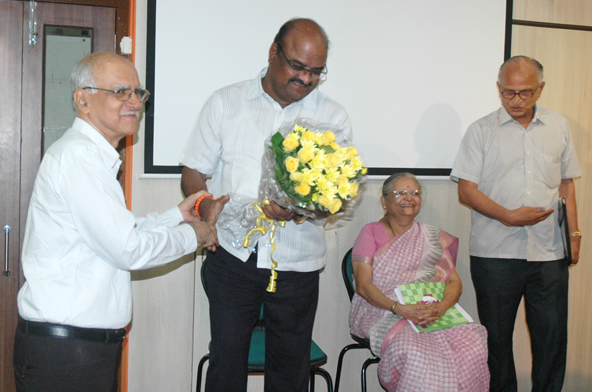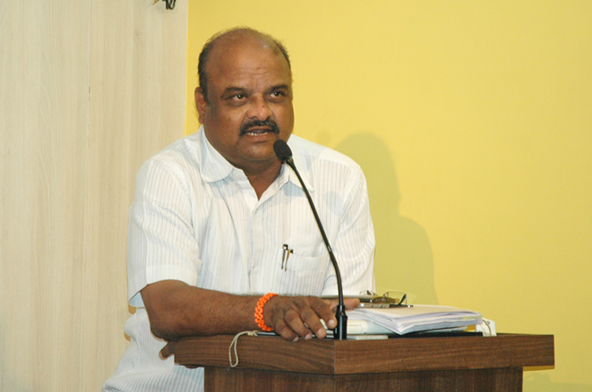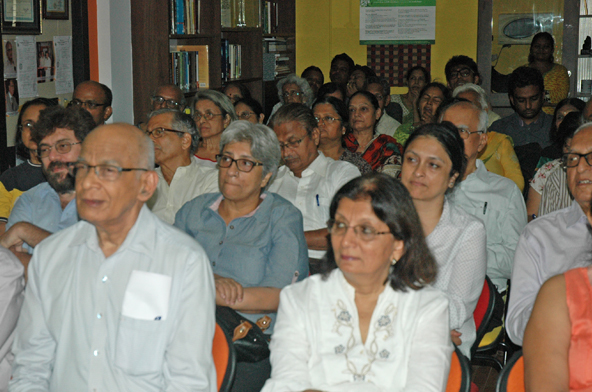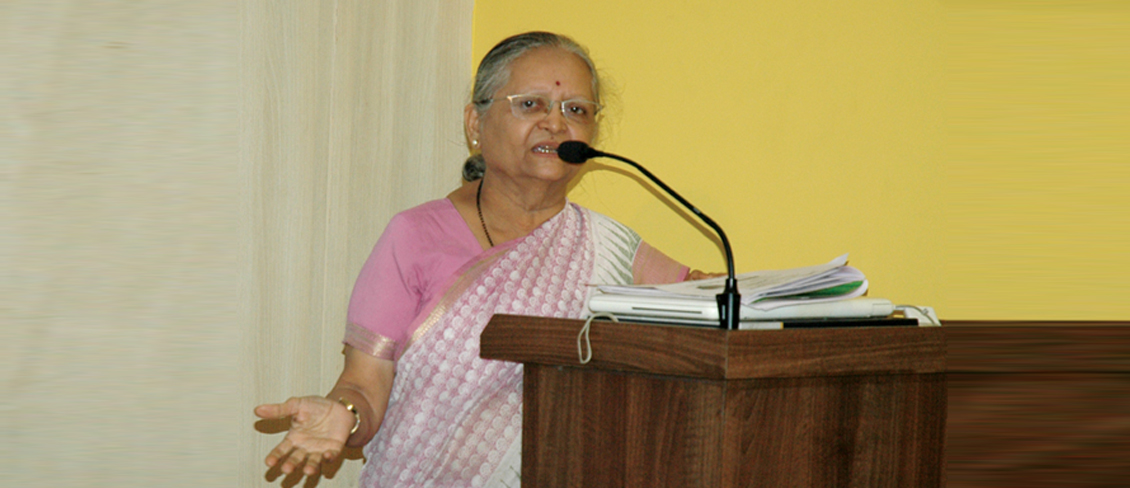
Following the recent fire at Deonar, the BrihanMumbai Municipal Corporation (BMC) has decided to make waste segregation compulsory. To familiarise this concept to our members, Moneylife Foundation held a special session with Jyoti Mhapsekar of Stree Mukti Sanghatana and Ashok Yamgar, Deputy Chief Engineer for Solid Waste Management (operations), of the BMC.
Ms Mhapsekar spoke on how we can dispose of wet waste. She explained the pyramid of waste processing. At the bottom-most level of were the rag pickers. The point that she wanted to drive home was that rag pickers needed to be eradicated from this pyramid and upgraded to jobs that offered better working conditions and lifestyles. Not involving the rag pickers serves two purposes at the same time: waste handling that benefits the environment and improving their lives.
Instead of using incinerators, which make use of an extremely expensive technology, composting of wet waste should be implemented, she suggested. Consequences of using incinerators are excessive dioxide emissions, threat of large-scale fires, etc., while the only consequence of composting is the creation of manure, which can either be sold or used to grow plants.
Waste segregation is the most responsible and productive way to dispose of our waste. It reduces the amount of waste finally received by the BMC and can also further our progress in renewable sources of energy.
However, our society, despite having an educated majority, has not taken a keen interest in segregating their waste. “If you can’t separate your one kilo waste at home, how will the municipality segregate ten thousand tons of waste at the dumping ground?”, was the question posed by Ms Mhapsekar to the audience.
Mr Yamgar from BMC explained steps being taken by the Municipal Corporation for enabling waste segregation and solid waste deposition.
He said waste could be segregated into three main categories namely wet waste, dry waste and hazardous waste, which includes sanitary napkins and diapers. He recommended citizens to transfer their hazardous waste to their nearest hospital so they could dispose of it along with their biomedical waste. “We are planning to introduce biogas plants in each ward office at 24 places and in the head office,” said Mr Yamgar.
He spoke about the biogas plant installed by the TB Hospital in Sewri. The hospital runs only on the electricity obtained by the biogas plant. He further went on to speak about five municipal gardens that had adopted composting their grass cuttings, as opposed to just discarding the cuttings without any segregation or processing.
Mr Yamgar answered a number of queries and guided the audience through their problems by recommending a number of NGOs that were working in the field related to the problems.
The session was extremely interactive with the members of the audience firing off questions every chance they got and it is safe to say that by the end of the session everyone, including the speakers, was better informed.
To make the implementation of wet waste composting easier, the Stree Mukti Sanghatana has created the Nisargadoot, a waste basket that is extremely eco-friendly and pocket-friendly (Rs450) that uses worm culture to compost the wet waste. At the talk, she showed us a demonstration on how it could be used and also spoke more about its benefits.


